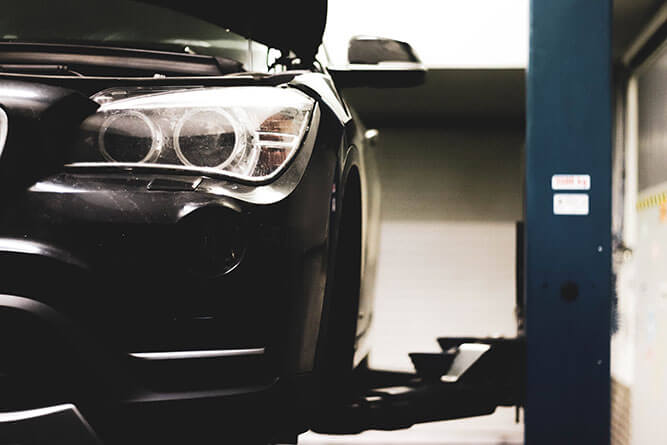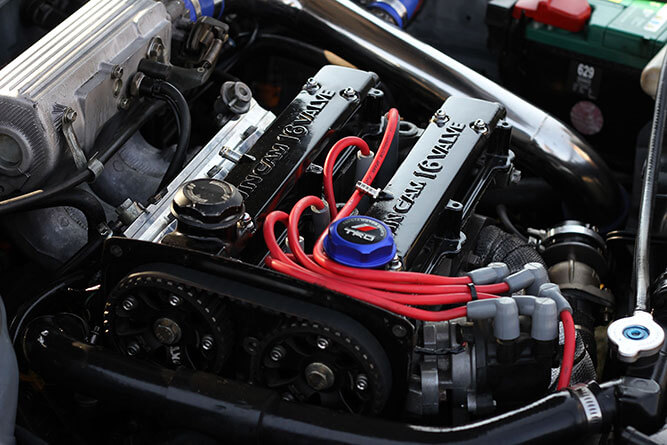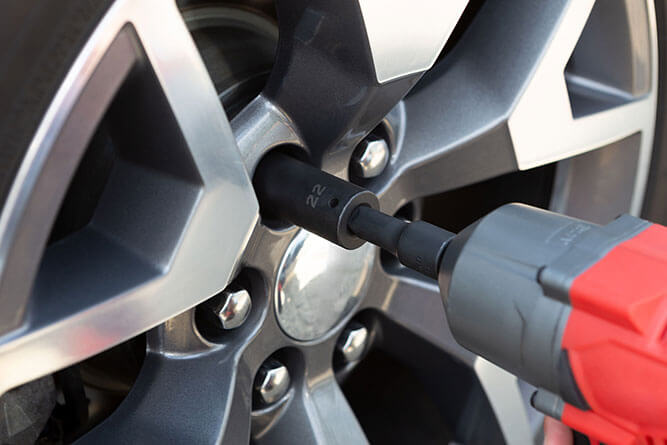If you’re passionate about cars or just want to keep your vehicle looking its best, car wash detailing is an essential part of maintenance. Detailing not only enhances the appearance of your car but also protects its surfaces and preserves its value over time. Whether you’re a car enthusiast or a busy driver, understanding the importance of detailing can help you make informed decisions about your vehicle’s upkeep.
What is Car Wash Detailing?
Car wash detailing is a detailed and thorough cleaning process that goes far beyond the typical wash. While a regular car wash removes surface dirt, detailing involves a deeper clean and restoration of both the interior and exterior of the vehicle. The goal is to return the car to its showroom-like condition, enhancing its shine and protecting its surfaces from wear and tear.
Why is Detailing Important?
- Maintains the Car’s Value: A clean, well-maintained vehicle is likely to have a higher resale value. Potential buyers are often willing to pay more for cars that look well-cared for and have been regularly detailed.
- Protection Against the Elements: Detailing includes waxing and sealing the paint, which protects the car from harmful UV rays, rain, road salts, and other environmental factors that can damage the car’s surface. It helps prevent oxidation, fading, and rust formation.
- Improved Driving Experience: A clean vehicle makes for a better driving experience. Clean windows and mirrors improve visibility, while a fresh-smelling interior makes the cabin more enjoyable for everyone.
- Preserves the Interior: Regular detailing helps keep your car’s interior looking new. From leather seats to floor mats, detailing helps protect these surfaces from wear and tear, spills, and stains.
- Healthier Cabin: Over time, dirt, dust, and bacteria can accumulate inside your car. Detailed cleaning of the upholstery, carpets, and air vents improves the air quality inside the vehicle and ensures a healthier environment.
What Does Car Detailing Include?
Car detailing can be broken down into two main categories: exterior detailing and interior detailing. Here’s a closer look at what each process entails:
Exterior Detailing
- Hand Wash and Rinse: The process starts with a hand wash to remove dirt, grime, and other contaminants from the car’s exterior. The goal is to clean every surface, paying particular attention to wheels, rims, and other hard-to-reach areas.
- Clay Bar Treatment: After washing, a clay bar is used to remove stubborn particles, such as industrial fallout, tree sap, and tar, that might be embedded in the paint. This step ensures a smooth, clean surface, making it easier to apply the next stages of detailing.
- Polishing: Polishing is essential for removing imperfections such as swirl marks, light scratches, and oxidation from the paint. This step restores depth and gloss, leaving the car’s surface looking shiny and brand-new.
- Waxing/Sealing: Waxing or applying a paint sealant is crucial to protect the car’s paintwork. Waxing forms a hydrophobic layer that repels water, dirt, and other contaminants, while sealing adds long-lasting protection from UV rays, pollutants, and environmental elements.
- Tire and Wheel Cleaning: Detailing includes cleaning the tires and wheels to remove brake dust, grime, and road salts. Tire shine is then applied to restore the tires’ glossy finish, giving your car a sleek, finished look.
- Headlight Restoration: Over time, headlights can become foggy or discolored. A detailer will restore the clarity of the headlights, improving both appearance and visibility, which is vital for safe driving.
Interior Detailing
- Vacuuming: The first step in interior detailing is vacuuming the entire cabin, including the seats, carpets, floor mats, and other surfaces where dust and debris accumulate. This step ensures that dirt is removed from all nooks and crannies.
- Shampooing Upholstery: Whether your car has leather, fabric, or synthetic seats, they are thoroughly cleaned to remove stains, dirt, and bacteria. Fabric seats may be shampooed, while leather seats are cleaned and conditioned to keep them soft and crack-free.
- Cleaning and Conditioning Dashboard & Console: Interior detailing also includes the careful cleaning of the dashboard, center console, door panels, and other plastic or vinyl surfaces. A protectant is applied to prevent cracking and fading from UV exposure.
- Deep Cleaning of Vents and Crevices: Dust and dirt tend to accumulate in the vents, cup holders, and seat rails. Professional detailers use specialized tools to clean these hard-to-reach areas thoroughly, ensuring the cabin is spotless.
- Glass Cleaning: Clean windows and mirrors inside and out are a must for clear visibility. Professional detailers use streak-free cleaners to ensure the glass is spotless, providing a crystal-clear view while driving.
- Air Freshening: Finally, to complete the interior detailing process, an air freshener or odor eliminator is applied to leave the cabin smelling fresh and clean, which helps improve the overall experience of being in your car.
Engine Bay Detailing
Although many car owners overlook it, detailing the engine bay is important for maintaining the vehicle’s performance and cleanliness. The engine bay is carefully cleaned using degreasers and special tools to remove accumulated dirt, oil, and grease. This not only improves the car’s appearance but also makes it easier to spot any potential issues under the hood.
DIY vs. Professional Detailing
While DIY car detailing is possible, professional detailing offers many advantages. Professional detailers have the experience, specialized tools, and high-quality products necessary to do the job thoroughly. They also have the knowledge to apply the right techniques to your vehicle’s surfaces without causing damage.
If you are passionate about cars and enjoy the process, DIY detailing can be a satisfying project, especially with the right products and equipment. However, for those seeking convenience, professional detailing ensures the highest quality results with less effort on your part.
How Often Should You Detail Your Car?
How often you detail your car depends on several factors, including the climate in your area, how often you drive, and the environment you drive in. Generally, exterior detailing should be done every 4 to 6 months, while interior detailing can be done as needed. If you frequently drive in harsh conditions—such as in areas with salt on the roads or heavy pollen—detailing more frequently may be necessary.
Conclusion
Car wash detailing is more than just a luxury; it’s a long-term investment in your car’s appearance, performance, and value. Detailing ensures your vehicle remains in top condition, protects its surfaces, and provides a more enjoyable driving experience. Whether you choose to detail your car yourself or hire a professional, regular detailing will help preserve your car’s beauty and functionality for years to come.


